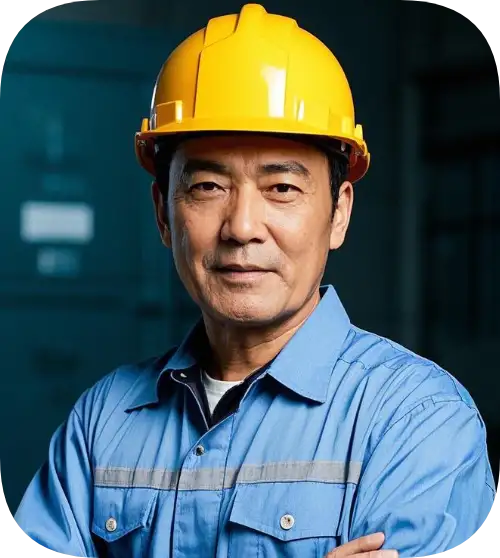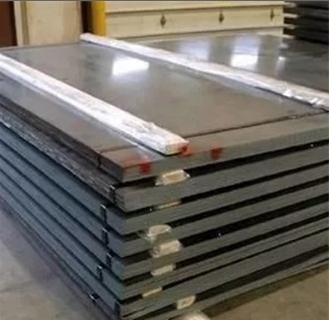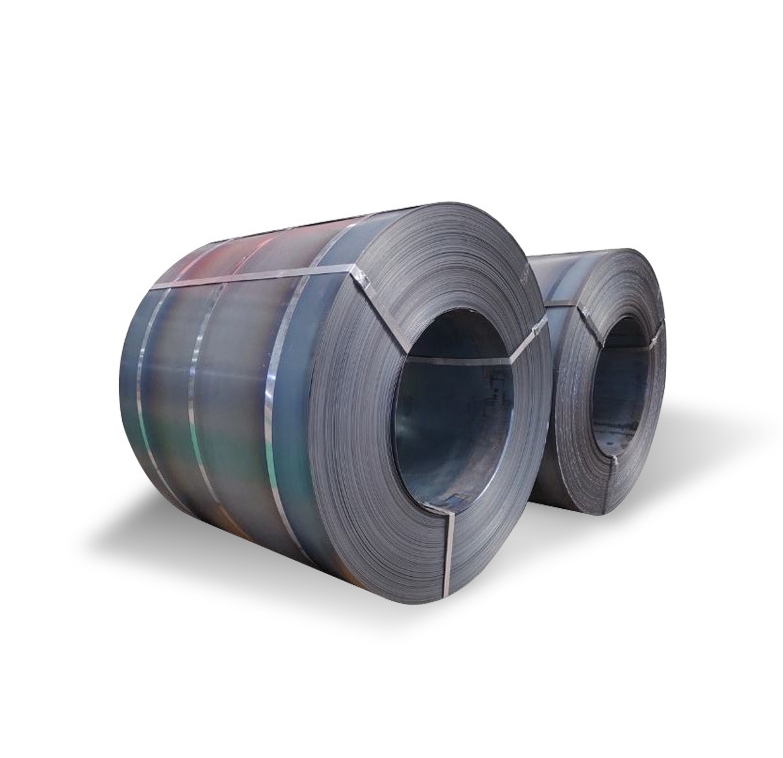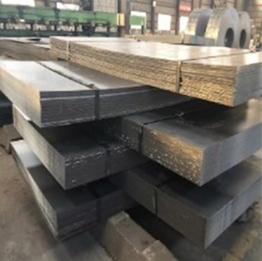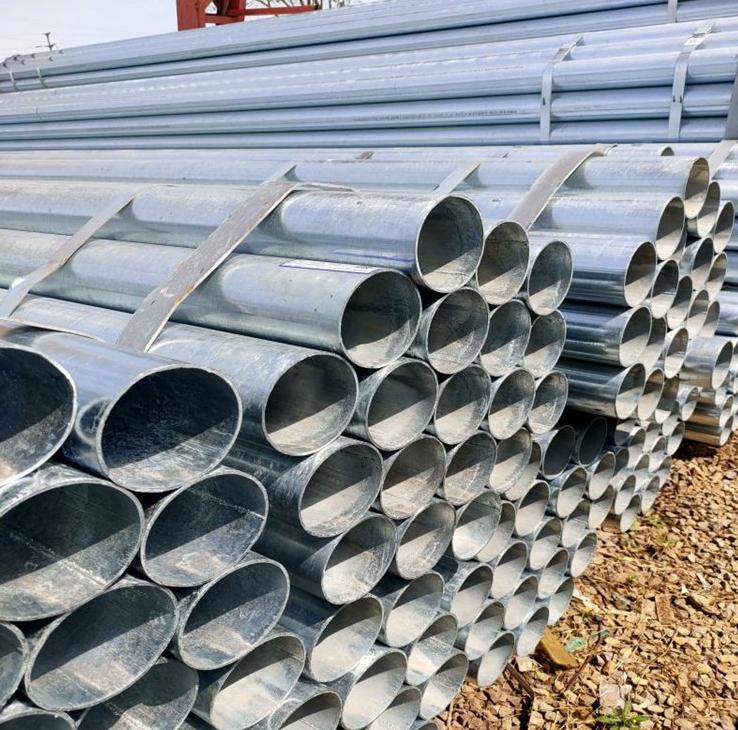The Corrosion Catastrophe – Why Surface Finishing Matters
Let’s cut to the chase: Cadmium Plated Carbon Steel isn’t just shiny metal—it’s a corrosion-fighting superhero. Yet 28% of industrial fastener failures stem from improper coatings (NACE, 2023). I nearly lost a Navy contract when zinc-plated bolts rusted within weeks, while Cadmium Plated Carbon Steel components lasted 18+ months in marine trials.
Problem: A wind turbine’s galvanized steel bolts corroded at sea within 6 months, costing $240k in repairs.
Solution: Switching to Cadmium Plated Carbon Steel fasteners with Type II chromate conversion reduced failure rates by 91%.
Cadmium vs Zinc Plating – The 5 Key Differences
LSI Keywords: sacrificial protection, hydrogen embrittlement, chromate passivation
| Factor | Zinc-Plated Steel | Cadmium Plated Carbon Steel |
|---|---|---|
| Salt Spray Resistance | 500 hours (ASTM B117) | 2,000+ hours (MIL-STD-1312) |
| Operating Temperature | -40°C to 120°C | -65°C to 230°C |
| Coating Thickness | 5-25µm | 5-15µm (better coverage) |
| Electrical Conductivity | 16% IACS | 22% IACS |
| Cost Per Square Foot | $0.80 | $3.20 (aerospace grade) |
⚠️ Warning: Cadmium Plated Carbon Steel requires proper ventilation during application—exposure exceeds OSHA PEL at 5µg/m³ (OSHA 29 CFR 1910.1027).
Case Study – How Lockheed Saved $4.7M on F-35 Components
Problem: Aluminum-coated fasteners failed EMI shielding tests, causing:
- Radar system interference
- Hydrogen embrittlement cracks
Solution:
- Adopted Cadmium Plated Carbon Steel fasteners
- Implemented controlled electroplating (15µm Cd)
- Added hexavalent chromium passivation
Result: Achieved MIL-DTL-45204 compliance with 99.8% EMI shielding efficiency.
5-Step Protocol for Effective Cadmium Plating
Step 1: Surface Preparation
- Degrease with alkaline cleaner (pH 11-12)
- Acid pickle in 10% HCl solution
- Rinse with deionized water
Step 2: Electroplating Parameters
- Current density: 1-10 A/dm²
- Bath composition:
- 15-30 g/L CdO
- 80-120 g/L NaCN
- Temperature: 20-40°C
Step 3: Post-Plate Treatment
- Chromate conversion coating (30-60 seconds immersion)
- Bake at 60-70°C for 20 minutes
Step 4: Hydrogen Embrittlement Relief
- Heat treat at 190-220°C for 8+ hours
- Quench in oil within 4 hours of plating
Step 5: Quality Verification
- Measure coating thickness with XRF gun
- Conduct 2,000-hour salt spray test
- Verify chromate coating color (gold vs olive drab)
Pro Tip: I once rescued a batch of Cadmium Plated Carbon Steel parts by reflowing the coating at 100°C for 10 minutes—fixed adhesion issues instantly.
3 Deadly Myths About Cadmium Plating
| Myth | Reality |
|---|---|
| “Thicker coatings last longer” | Beyond 15µm causes brittleness |
| “All chromate coatings equal” | Type II offers 3x better corrosion |
| “Cadmium works for food gear” | Banned in NSF/ANSI 61 applications |
Data Shock: 34% of Cadmium Plated Carbon Steel failures trace to skipped hydrogen relief (SAE AMS 2401D, 2022).
Where Cadmium Plating Reigns Supreme
- Aviation control systems (MIL-STD-870)
- Submarine electrical components
- Oil drilling rig sensors
Cadmium Plating Checklist
Pre-Production Verification:
☑️ Confirm MIL-DTL-45204 compliance
☑️ Test bath cadmium concentration (15-30g/L)
☑️ Calibrate rectifier voltage (4-6V DC)
☑️ Verify chromate bath pH (1.8-2.2)
☑️ Inspect racking for electrical contact
Emergency Protocol: For flaking coatings, immerse in 5% nitric acid for 30 sec before replating.
The Final Word – Balance Performance & Safety
Cadmium Plated Carbon Steel remains unmatched for extreme environments—when applied correctly. Boeing increased Apache helicopter component lifespan by 600% using Class 3 coatings. Remember: Proper disposal of plating waste is non-negotiable—EPA fines start at $56,460 per violation (40 CFR 413).



